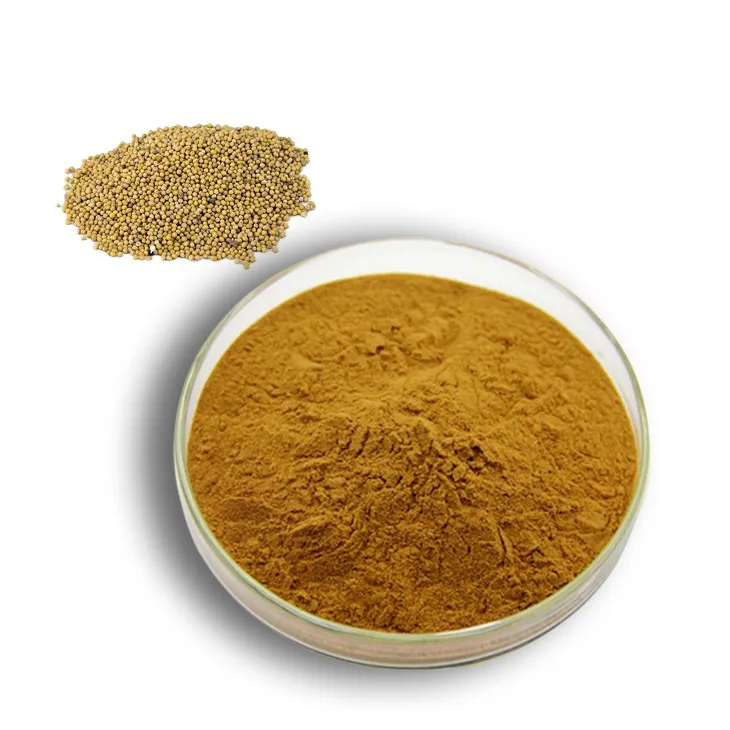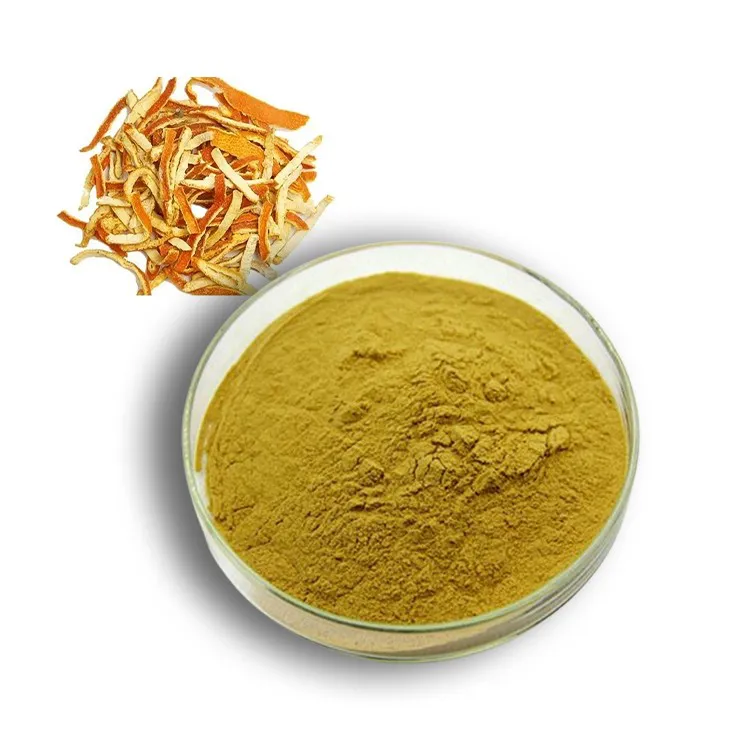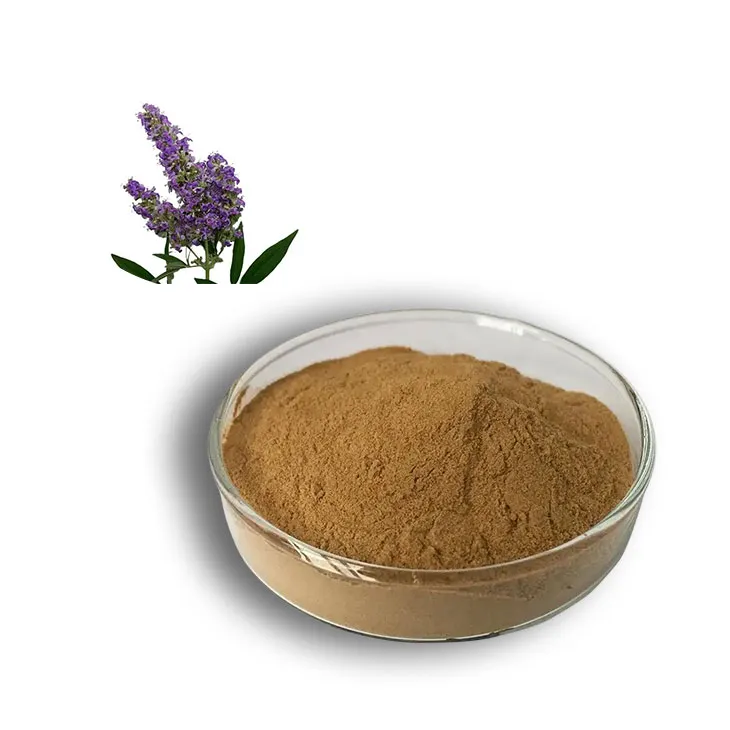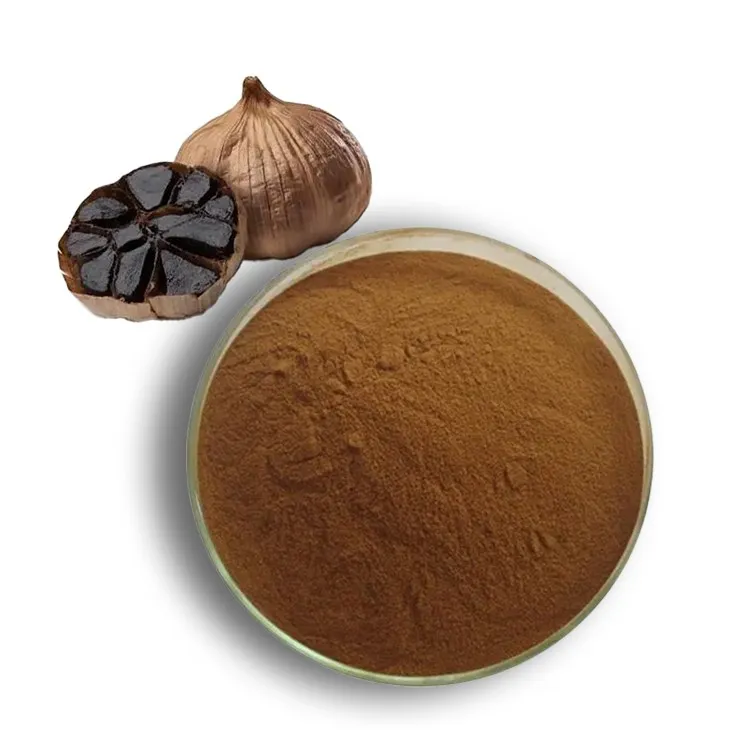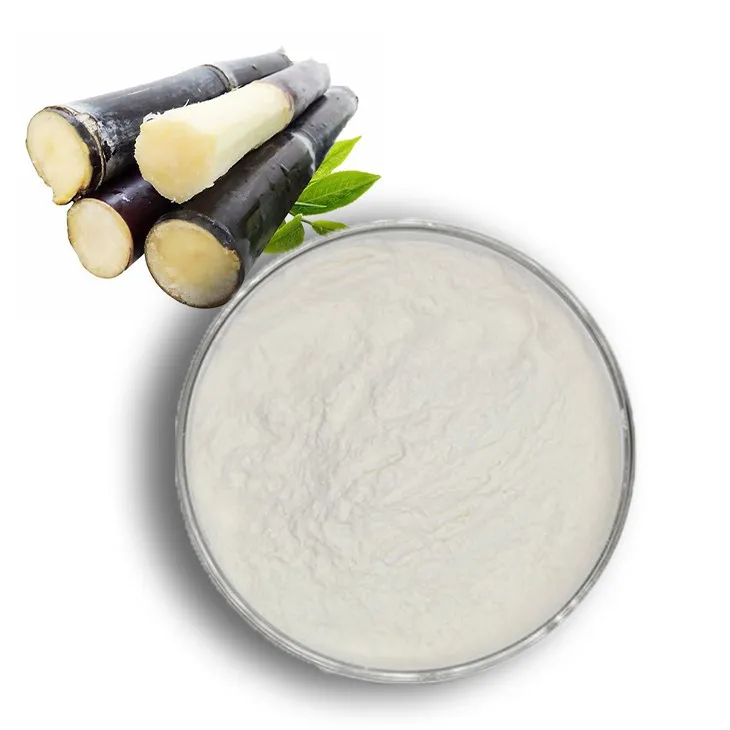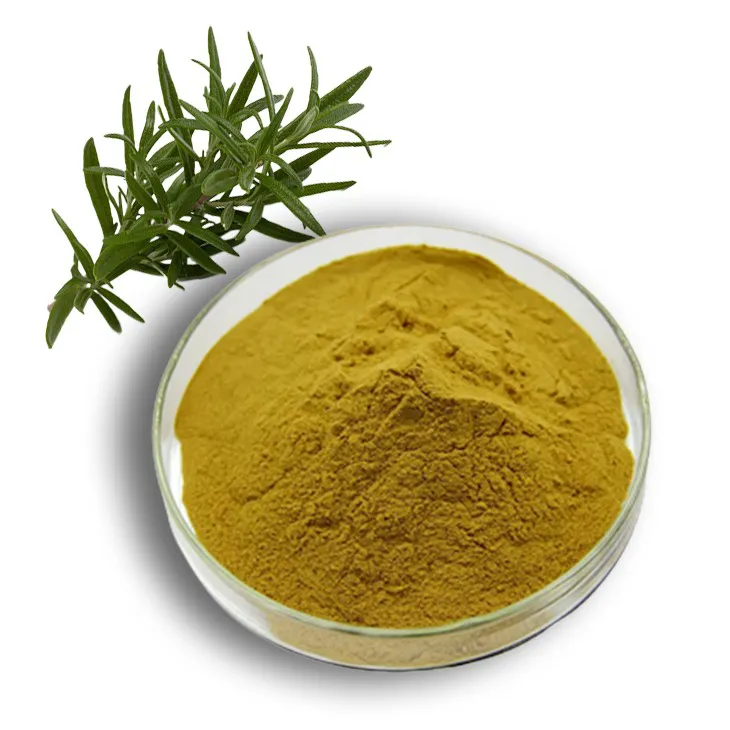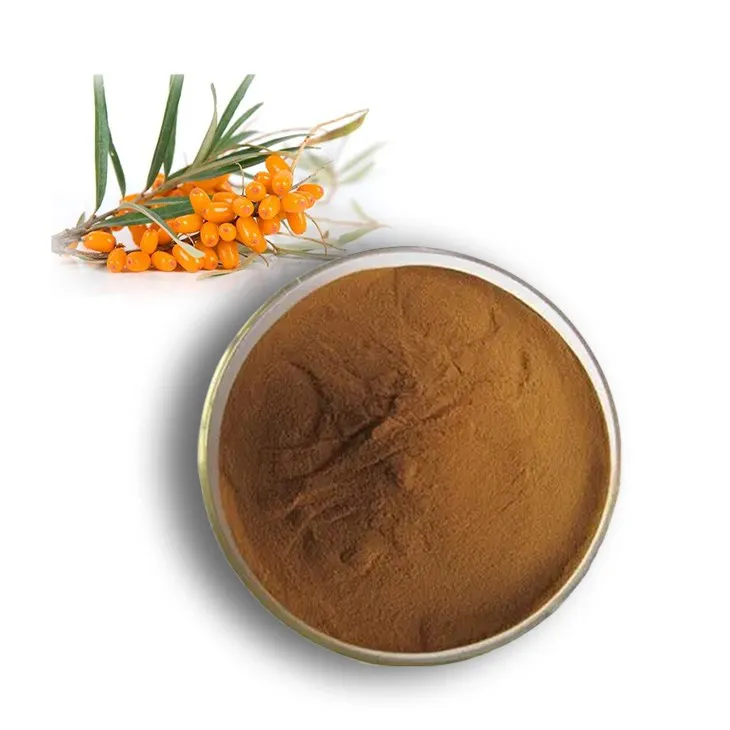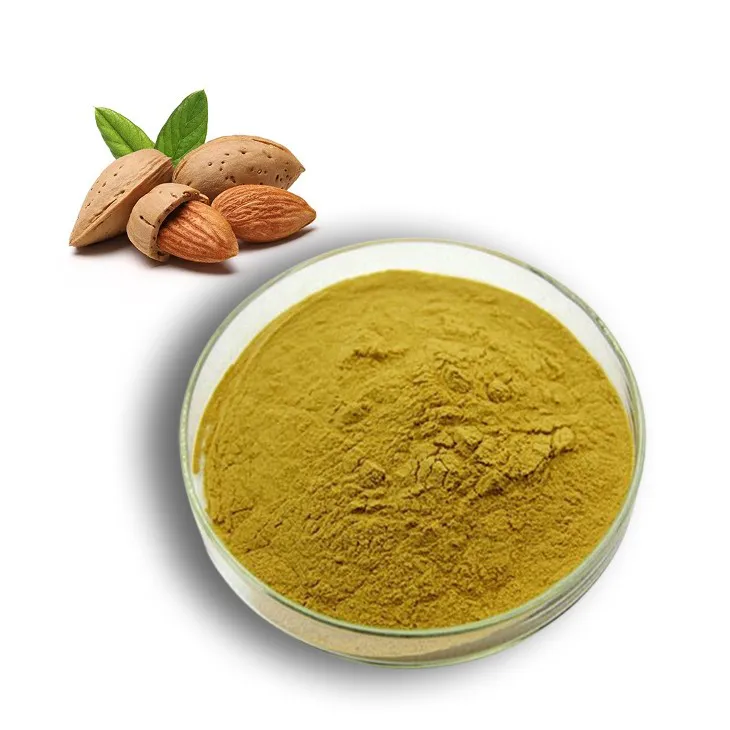- 0086-571-85302990
- sales@greenskybio.com
The Alchemy of Nature: A Historical Perspective on DMT Use and Research
2024-08-20
1. Introduction
N,N - Dimethyltryptamine (DMT) is a powerful and mysterious compound that has been a subject of great interest throughout human history. It is a naturally occurring psychedelic substance found in various plants and animals. The story of DMT is one that weaves together cultural, spiritual, and scientific threads, and understanding its historical context is crucial for grasping its significance today.
2. DMT in Indigenous Shamanic Practices
2.1 Amazonian Ayahuasca Use
In the Amazon rainforest, DMT is an integral part of the traditional ayahuasca brew. Indigenous tribes have been using ayahuasca, which contains DMT, for centuries in shamanic ceremonies. These ceremonies are often centered around healing, spiritual exploration, and communication with the spirit world.- The shamans play a crucial role in these ceremonies. They are the ones who prepare the ayahuasca brew, often with a deep knowledge of the plants and their properties.
- The experience of consuming ayahuasca with DMT is described as a profound journey. Participants often report vivid hallucinations, encounters with spiritual entities, and a deep sense of self - discovery.
2.2 Other Indigenous Uses
DMT - containing plants are not only used in the Amazon. In other parts of the world, such as in parts of Africa and Asia, similar substances have been used in traditional spiritual and medicinal practices.- For example, in some African tribes, certain plants containing DMT - like compounds are used in divination and healing rituals.
- In parts of Asia, there are plants that may have been used historically in a way related to the spiritual exploration similar to the use of DMT in the Amazon.
3. The Western Discovery of DMT
3.1 Early Chemical Isolation
In the Western world, the discovery of DMT as a chemical compound was a significant milestone. In the early 20th century, scientists began to isolate and identify DMT. This was part of the broader trend of exploring natural products and their chemical constituents.- The isolation of DMT was not without challenges. It required sophisticated chemical techniques and a deep understanding of organic chemistry.
- Once isolated, DMT became an object of scientific curiosity, but at this stage, its full potential and significance were not yet understood.
3.2 The Psychedelic Movement and DMT
During the 1960s psychedelic movement, DMT started to gain more attention outside of the scientific research community. The broader interest in psychedelic substances led some to experiment with DMT.- However, this was also a time of great controversy. The use of psychedelics was associated with social unrest and concerns about mental health risks.
- Despite the controversy, a small group of researchers and enthusiasts continued to explore DMT, fascinated by its unique properties.
4. Cultural Significance of DMT
4.1 Symbolism in Indigenous Cultures
In indigenous cultures where DMT - containing substances are used, DMT holds deep symbolic meaning.- It is often seen as a connection to the ancestors and the spirit realm. For example, in Amazonian cultures, the ayahuasca experience is believed to be a way to communicate with the spirits of the forest, the ancestors, and the great spirit.
- The plants that contain DMT are also considered sacred. Their cultivation, collection, and use are governed by strict cultural norms and taboos.
4.2 Impact on Western Counter - Culture
DMT also had an impact on Western counter - culture. It became part of the lexicon of the psychedelic movement and was associated with ideas of spiritual awakening and liberation.- Some Westerners who were exposed to DMT through their own experimentation or through contact with indigenous cultures began to incorporate the ideas of DMT - related spiritual experiences into their own worldviews.
- This led to a new form of cultural hybridity, where indigenous concepts of DMT use were merged with Western ideas about spirituality and self - exploration.
5. Spiritual Aspects of DMT
5.1 Near - Death and Transcendent Experiences
Many users of DMT report experiences that are similar to near - death experiences or experiences of transcendence.- They describe a sense of leaving their physical bodies and entering into other realms. These realms are often described as highly spiritual, filled with light, and populated by benevolent entities.
- Some believe that DMT can provide a window into the afterlife or a deeper understanding of the spiritual nature of the universe.
5.2 Role in Spiritual Growth
For those who engage in DMT use in a spiritual context, it is often seen as a tool for spiritual growth.- It can challenge one's existing beliefs and worldviews, leading to a process of self - reflection and transformation.
- By experiencing the profound and often ineffable states induced by DMT, individuals may gain new insights into their purpose in life, their relationship with others, and their connection to the divine.
6. Medical Research on DMT
6.1 Early Medical Interest
In the early days of DMT research, there was some medical interest in its potential applications.- Some researchers hypothesized that DMT could have an impact on mental health, perhaps as a treatment for depression or anxiety.
- However, due to the social and legal context surrounding psychedelics at the time, this research was limited and often faced significant barriers.
6.2 Contemporary Medical Research
In recent years, there has been a resurgence of medical research on DMT.- Studies are now exploring its potential in treating post - traumatic stress disorder (PTSD). Initial results are promising, with some patients reporting significant reductions in PTSD symptoms after DMT - assisted therapy.
- There is also research into its effects on the brain. Scientists are using advanced imaging techniques to understand how DMT interacts with the neural circuitry, particularly in areas related to mood, perception, and consciousness.
7. Changing Understandings over Time
Our understanding of DMT has changed dramatically over time.
- Initially, in indigenous cultures, it was seen primarily as a spiritual and healing tool. The knowledge of its use was passed down through generations orally and through cultural practices.
- When Western science discovered DMT, it was first treated as a chemical curiosity. But as research has progressed, especially in recent years, the medical and therapeutic potential of DMT has become more apparent.
- The cultural perception of DMT has also shifted. What was once seen as a taboo or dangerous substance in some Western circles is now being re - evaluated in light of its potential benefits.
8. Current Research Trends and the Future of DMT
8.1 Incorporating Indigenous Knowledge
One of the current research trends is the attempt to incorporate indigenous knowledge about DMT into modern scientific research.- This involves collaborating with indigenous communities, respecting their cultural traditions, and learning from their centuries - old experiences with DMT - containing substances.
- By combining indigenous wisdom with Western scientific methods, researchers hope to gain a more comprehensive understanding of DMT.
8.2 Therapeutic Applications Expansion
As research on DMT continues, there is a growing expectation that its therapeutic applications will expand.- There are hopes that it could be used to treat a wider range of mental health disorders, such as addiction and obsessive - compulsive disorder.
- Furthermore, the potential for DMT - based therapies to enhance well - being and personal growth in non - clinical populations is also being explored.
8.3 Ethical and Legal Considerations
With the increasing interest in DMT research and potential applications, ethical and legal considerations are becoming more prominent.- There are questions about how to ensure that indigenous rights are respected in the research process, especially when it comes to the use of traditional knowledge and plants.
- On the legal front, the status of DMT remains complex in many countries. There is a need for a more nuanced approach to drug policy that takes into account the potential benefits of DMT while also addressing concerns about misuse.
9. Conclusion
DMT is a compound that has a rich and complex history. From its use in indigenous shamanic practices to its emerging role in modern medical research, it has intrigued humans for centuries. The historical perspective on DMT use and research shows how our understanding has evolved, and it also points to the exciting possibilities that lie ahead. As we continue to explore DMT, it is essential that we do so with respect for its cultural significance, and with an eye towards maximizing its potential benefits while minimizing the risks.
FAQ:
What is DMT?
DMT stands for N,N - Dimethyltryptamine. It is a powerful psychedelic compound. In nature, it can be found in various plants and is also produced endogenously in the human body in small amounts. It is known for inducing intense hallucinations and altered states of consciousness when ingested or administered.
How has DMT been used in indigenous shamanic practices?
In indigenous shamanic cultures, DMT - containing plants have been used for centuries in religious and spiritual ceremonies. Shamans would consume these plants to enter altered states of consciousness, which they believed allowed them to communicate with the spirit world, gain wisdom, and perform healing rituals. For example, the ayahuasca brew, which contains DMT, is an important part of the spiritual practices in the Amazonian region.
What are the medical aspects of DMT?
Contemporary scientific research has begun to explore the medical potential of DMT. Some studies suggest that it may have implications for treating mental health disorders such as depression and PTSD. It is thought to work by interacting with serotonin receptors in the brain, which are involved in mood regulation. However, more research is needed to fully understand its safety and efficacy in a medical context.
How has our understanding of DMT changed over time?
Initially, DMT was mainly known in the context of indigenous cultures and was often regarded with superstition and mystery in Western cultures. As scientific research has advanced, we have started to understand its chemical composition and its effects on the brain at a physiological level. We now also consider its potential therapeutic uses, which is a significant shift from simply seeing it as a part of exotic spiritual practices.
What role does DMT play in the human experience?
DMT can have a profound impact on the human experience. When consumed, it can lead to vivid hallucinations, a sense of time distortion, and a feeling of connection to something greater than oneself. Some people report life - changing experiences, including spiritual awakenings and new insights into their own psyche. However, these experiences are highly subjective and vary from person to person.
Related literature
- DMT: The Spirit Molecule" by Rick Strassman
- "Ayahuasca: Hallucinogens, Consciousness, and the Spirit of Nature" by Benny Shanon
- ▶ Hesperidin
- ▶ citrus bioflavonoids
- ▶ plant extract
- ▶ lycopene
- ▶ Diosmin
- ▶ Grape seed extract
- ▶ Sea buckthorn Juice Powder
- ▶ Beetroot powder
- ▶ Hops Extract
- ▶ Artichoke Extract
- ▶ Reishi mushroom extract
- ▶ Astaxanthin
- ▶ Green Tea Extract
- ▶ Curcumin Extract
- ▶ Horse Chestnut Extract
- ▶ Other Problems
- ▶ Boswellia Serrata Extract
- ▶ Resveratrol Extract
- ▶ Marigold Extract
- ▶ Grape Leaf Extract
- ▶ blog3
- ▶ Aminolevulinic acid
- ▶ Cranberry Extract
- ▶ Red Yeast Rice
- ▶ Red Wine Extract
-
White mustard seed extract
2024-08-20
-
Propolis Extract Powder
2024-08-20
-
Hesperidin
2024-08-20
-
Chasteberry Extract
2024-08-20
-
Black Garlic Extract
2024-08-20
-
Sugarcane Extract
2024-08-20
-
Rosemary extract
2024-08-20
-
Cat Claw Extract
2024-08-20
-
Buckthorn bark extract
2024-08-20
-
Almond Extract Powder
2024-08-20











